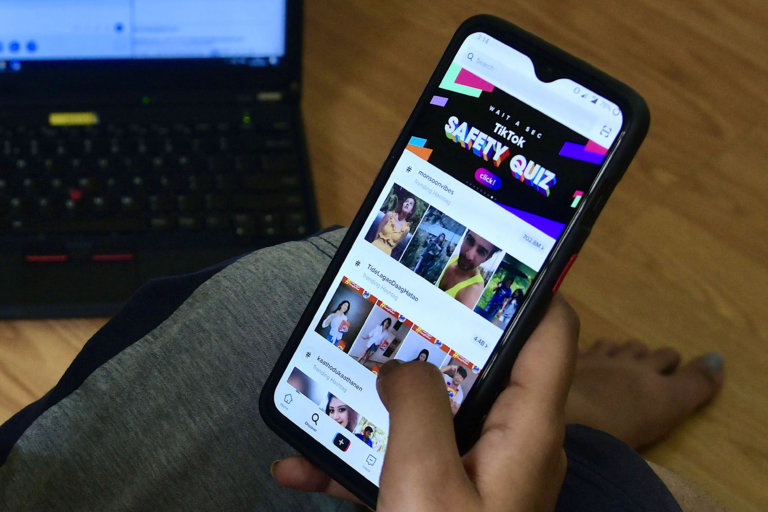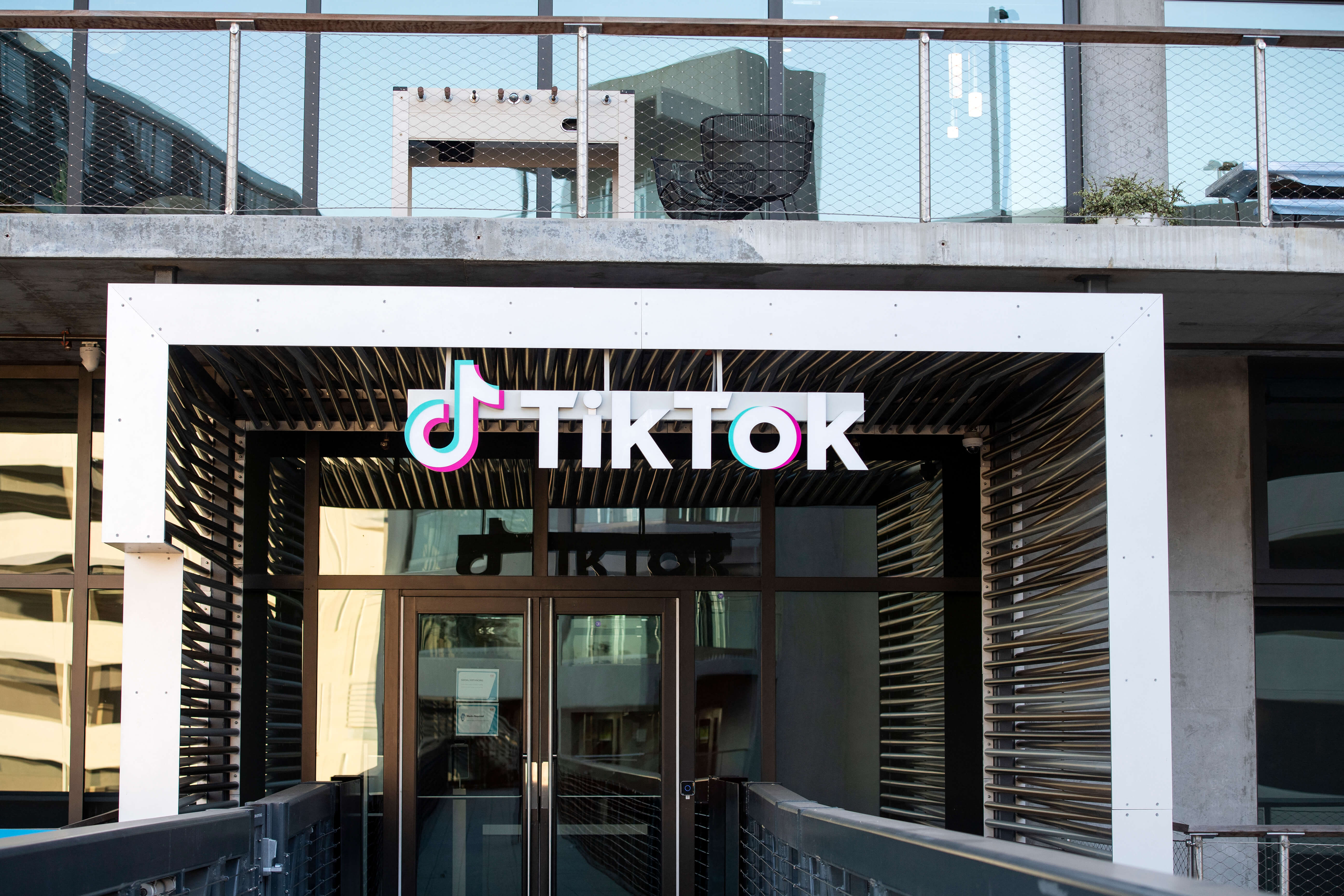
Scoot over, long monotonous videos. Nanolearning is taking over.
With the advancement in science and technology, learning has significantly evolved. Face-to-face learning has shifted online, practical assignments are now done digitally and information is digested in bite sizes. A recent study by Microsoft concluded that the human attention span has dropped to eight seconds – shrinking nearly 25% in just a few years.
Content is increasing in volume, which exhausts our attention and our urge for newness causes us to switch between topics more regularly. We have so much information available for us to consume, and so little time to consume it in. As we continue to crave short-form, personalised bits of content, e-learning is proving to be the most effective way to share, receive, and retain valuable information.
Nanolearning: An introduction
Often mistaken for microlearning — which refers to short programmes, usually ranging from three to five minutes — nanolearning is learning that takes a minute or two — or even less. It is a way to deliver condensed information in an engaging format. It provides a few soundbites or sentences of valuable and relevant content. Viewers learn the immediate requirement for training — right now and in the moment of need— to solve a specific problem, such as creating a pivot table in Microsoft Excel or even calculating the sum of values in a range of cells and applying a formula across columns.

This learning method delivers short form, low friction content to learners in engaging platforms or formats such as TikTok. Source: Valerie Macon/AFP
Ever wondered why Twitter is so popular (for learning)? It’s simple. Pages and pages of words, graphs and charts are converted into nugget-size punch in the form of nanolearning.
This learning method delivers short form, low friction content to learners in engaging platforms or formats such as Twitter, Tik Tok, or text messages. The rules are simple: educators will need to get to the point, or become irrelevant. If the topic to learn is the size of a pie, nanolearning breaks it into four parts and offers each part as a separate unit. This allows viewers to select which part of the pie they want to learn about.
According to a study conducted by the Dresden University of Technology, short content drives over 20% more information retention than long-form content. Think of it as a one to two-minute learning activity based on a specific learning objective. Like snacks or a model’s diet, right at the moment of need, rather than gorging on big meals.
This does not mean that lengthy training modules with in-depth explanation aren’t needed. But when it comes to reinforcing concepts or providing support exactly at a learner’s moment-of-need, it would make sense to consider nanolearning. Examples of the use of nanolearning include how to use a specified feature of an app (e.g., sharing location or making payments). You can choose any specific topic to upskill and this goal-oriented learning implies immediate benefit from the learning. Learners can gain knowledge anywhere, anytime.










